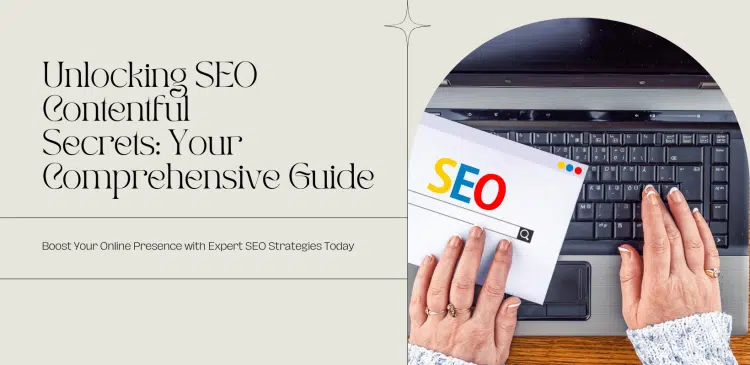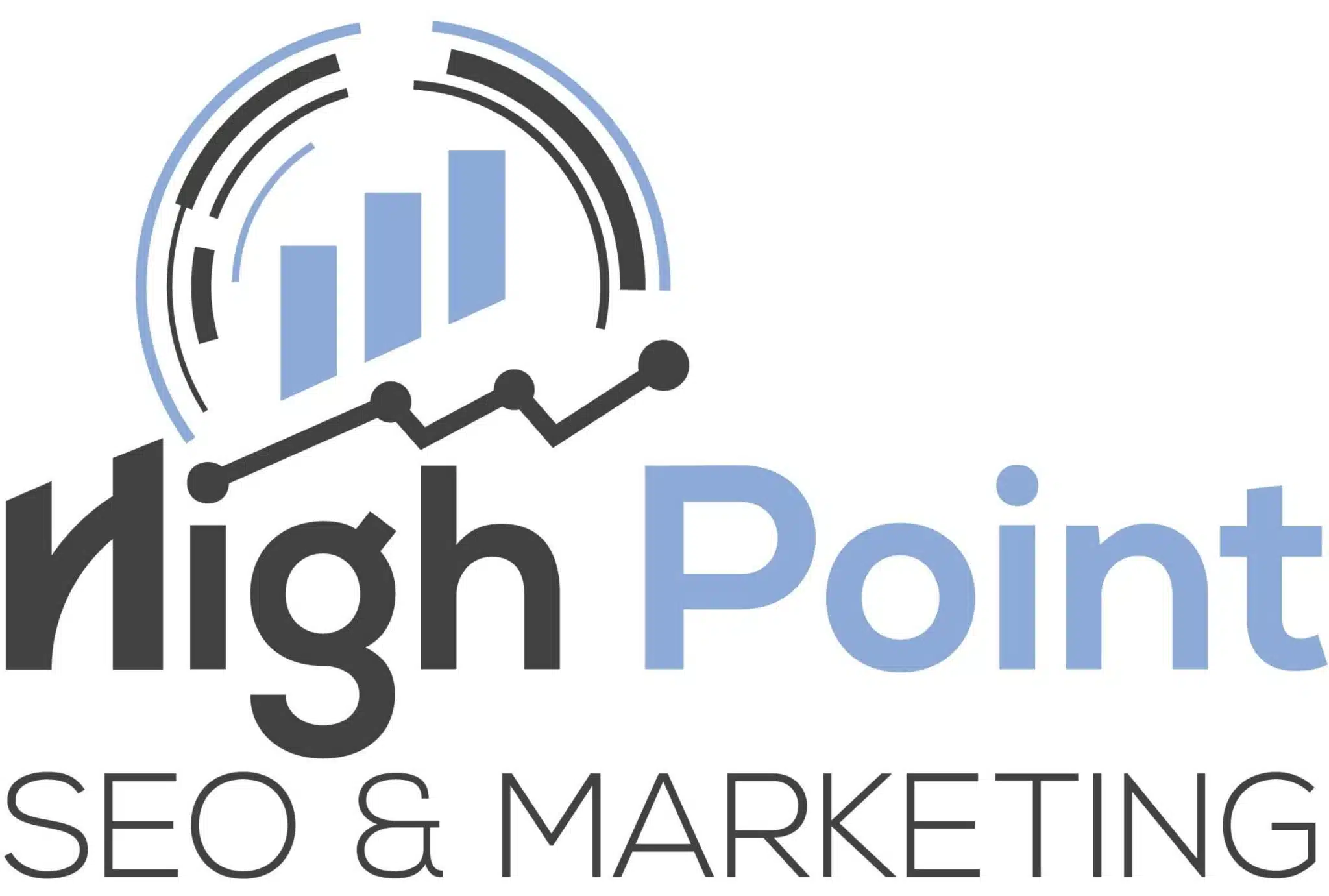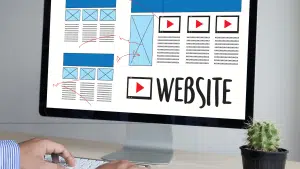The Contentful SEO Guide

SEO for websites and landing pages is essential for increasing organic traffic with Contentful CMS platforms. Because of this, Contentful websites depend a lot on the content and less on the design or other fancy items, thus making the content very crucial. This guide highlights the essential factors you should consider while working on Contentful sites or pages to rank higher on SERPs and drive more organic traffic.
The Improvement of Content Structures and Page Layouts
Content Structure Matters
Arrange your Contentful pages and content types with an eye to how easily they can be crawled while considering the users first. Organize the textual material into short sections that are separated by headings and subheadings, which inform the readers of the content of the section. Paraphrase and do not use huge blocks of text; use bullet points and numbered lists when possible.
Optimize Page Layouts
Run through each page created in Contentful and make sure the arrangement of the various sections is sensible. Place the textual content in accordance with media elements, such as images and videos, in order to enhance its flow. Set up the page template to be more mobile-friendly.
Creating Optimized Content
Conduct Keyword Research
Determine keywords and phrases people would type on the search engine while searching for your products. To know which keywords to target, use helpful tools such as Google Keyword Planner, SEMrush, and Ahrefs. The impact of more extended versions is more focused on the deeper levels of the site structure.
Keep the Content Focused
The textual content that needs to be developed in Contentful must be based on the primary keyword and its related synonyms. Do not deviate a lot from the page’s main topic that is meant to rank for a specific keyword. It should be relevant to the keyword that the searcher typed into the search bar and answer questions that relate to the keyword.
Optimize Content for Readability
Have more written content in a longer, unique, well-written, and easy-for-human-consumption form that benefits the visitor. Subdivide topics into paragraphs and even sections. This way, people can quickly grasp what is being laid out to them. Specifically, do not use passive voice, do not use overly technical language, and avoid long sentences to improve the readability of the text. All the text that is to be included should be easily readable. At the same time, it should be of fair contrast from the background.
Enhance Pages with Media
Ensure that there are appropriate photographs, illustrations, tables, and other videos to support the text explanation to the visitors. To optimize SEO, make sure that all media items have correct names, alt tags, and title labels as well. One benefit of video is that visitors will spend more time on the site.
Promote Internal Linking
Use hypertext formatting to link to other pages and resources from within the main content to make it convenient to navigate the sections. Encourage cross-linking to happen through relevant links between different content types. To help the user achieve his goal of finding more information on the topic, set the descriptive anchor text for the internal links pointing to the other relevant pages on your website.
Optimizing Site Structure
Define a Site Architecture
Organize the site architecture so the content is grouped and ordered following a progressive page structure where the most relevant pages are placed nearer to the home page. Ensure all related content is grouped under different sections and categories for easier identification and access. Ensure that the page name as well as the page urls are descriptive of the topic of the page.
Set up Search Functionality
Add a search feature so visitors can easily find the scattered information in various sections. Improve the template of a page that lists the most relevant web pages and short summaries of their content. Display recommended articles/posts if queries are not found for the specific search.
Maintain Link Velocity
To ensure that crawling efficiency is well-maintained:
- Ensure that the rate at which new pages and content are created on your Contentful site is well-sustained.
- Ensure that existing pages are updated from time to time so that search engines receive new signals for crawling priorities.
- Use moderation to reveal new links to the site to reduce constant shifts in the website structure.
Configure XML Sitemaps
To assist the search bots in getting newer URLs more quickly, you should create and submit both HTML and XML sitemaps of all the visible web pages on the site. And make sure they are informed whenever new pages are developed. It is appropriate to use the Contentful plugin for auto-generating sitemaps.
Monitor Site Performance
Utilize Google Search Console, Google Analytics, and other tools to check physical site health, crawl statistics, indexing, and other vital factors that have an impact on ranking. Get the latest information on the crew’s ability and indexation errors.
Conclusion
To enhance the SEO of websites that deal with Contentful information, it is essential to focus on the content within the site, the structure of the site, and also the health of the site, as well as the visibility of the site in the search engine. It becomes clear that by adhering to the creation of structured content and regular checks on site performance, Contentful sites have an opportunity to rank among the leading sites and grow organically. In your Contentful site, this guide can be used as a reference when working towards boosting the site’s SEO.



 Bill Yeager, Co-Owner of High Point SEO & Marketing in CT
Bill Yeager, Co-Owner of High Point SEO & Marketing in CT